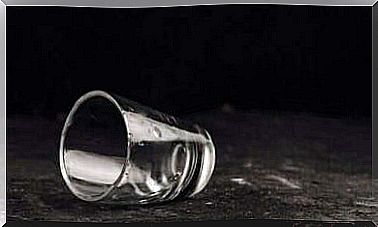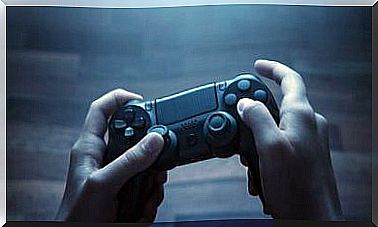The Sea Inside: When Life Is A Commitment
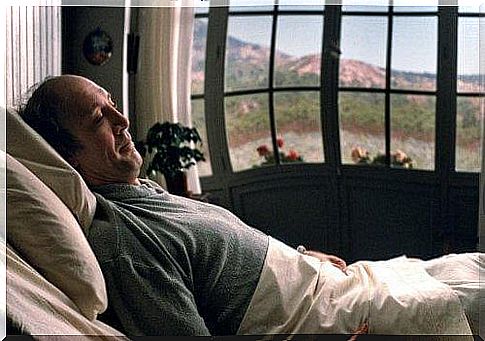
The Sea Inside is a Spanish film that won Best Foreign Language Film Award in 2004. It is directed by Alejandro Amenábar and stars Javier Bardem. It is based on a true story of Ramón Sampedro, a quadriplegic who decides to take his own life.
The story of Ramón Sampedro is controversial as it is about active euthanasia, which is illegal in many countries. Twenty years after his death, active euthanasia is still illegal. Therefore, this story is still relevant today.
The Sea Inside reopened the debate on this partially closed case. The woman who helped him to death, Ramona Maneiro, was released due to lack of evidence. However, she later admitted her involvement in the crime.
In 2001, the first film inspired by this story, Condenado a vivir (Condemned to Live), was released, but it was not as successful. The Sea Inside became the most critically acclaimed film after winning an Oscar for Best Foreign Language Film.
Despite the film’s success, it received criticism from the media and certain quadriplegic groups who criticized Sampedro’s attitude to life. However, the film addresses a real problem: a person’s right to a dignified death and freedom of choice.
In addition to his media and film heritage, the story of Ramón Sampedro has become the inspiration for two books: Cartas desde el infierno (Letters from Hell) and Cuando yo caiga (When I Fall). Both were both released after his death. All this made Sampedro a famous person in Spain.
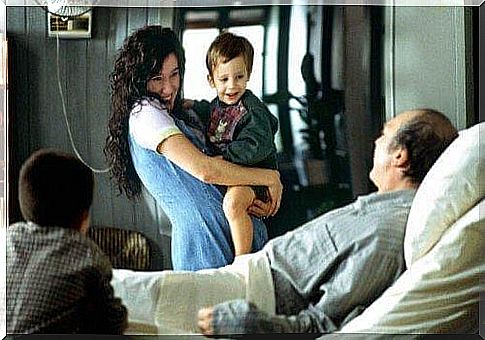
The Sea Inside: Life or Death?
Ramón Sampedro was born in Galicia, Spain in 1943. He was a sailor who had an accident when he was 25 years old. The accident left him chained to bed for the rest of his life.
Knowing that he would never be able to move again and that he would always be dependent on other people, he decided to die in a dignified manner. He thus became the first Spaniard to ask for active euthanasia. His case created debate in both the media and the courtroom.
Realizing that the law would not help him, he decided to take his own life, secretly, with the help of his girlfriend, Ramona Maneiro, as his condition as a quadriplegic made it difficult for him to do it himself.
He recorded a video in which he drank a glass of water with potassium cyanide and explained why he deserved to die with dignity and how he would do it. He also said that he was guilty alone, as he himself had planned it all, and that the others had only helped.
Help from others
In the film, we see different opinions about Ramón’s decision. On the one hand, we have the family who do not want him to pass away. His brother tells him that it is best if he lives on. On the other hand, we see the lawyer Julia and the neighbor Rosa, who later help him to death.
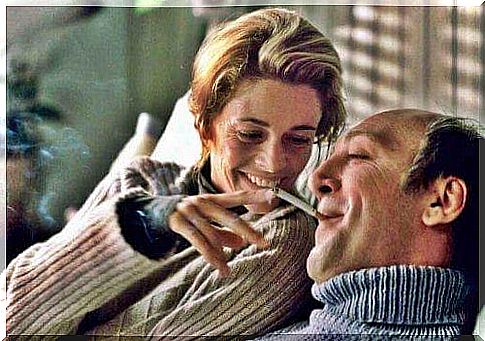
Rosa’s character is important. Partly inspired by Ramona Maneiro, she helps Ramón. After watching him on TV, she decides to visit him to convince him to live on. However, she ends up falling in love with him and eventually understanding and accepting his decision.
Meanwhile, Julia has taken the case to court. Unlike Rosa, she understood Ramón from the start, as she herself suffers from a slowly progressing incurable disease, which causes her to consider suicide.
A desire not to live
Why would Ramón Sampedro want to die? Why did he say his life was not worth living? Many support the idea that a quadriplegic person can be happy and live with dignity.
One of the most critical moments in his life was when a quadriplegic priest visited him, where they began to talk about ethical, moral, and religious topics. The pastor insisted that life belongs to god and that it is much more than just being able to run or move his arms.
You can live in a wheelchair in the most dignified way available. Sampedro could easily understand and did not reject this position. He just did not want to live anymore. He had stopped fighting and accepted the wheelchair and preferred to die peacefully.
All this can make us think that there is no right and wrong attitude in this situation. The choice of life or death is a personal and individual decision that no one else can make. It seems insane for one person to force another to die, but what about forcing another to live?
The Sea Inside: The controversy over active euthanasia
In fact, active euthanasia is a sensitive issue because it is not only a personal decision, but because there are also cultural and religious factors that come into play. Accepting death is not easy for anyone, but it is even more complicated to accept that another person chooses to die.
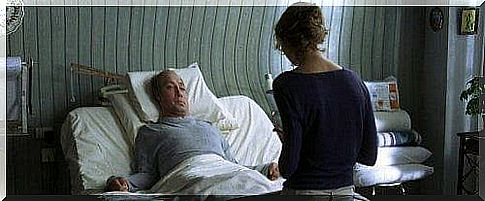
For Ramón Sampedro, life was a commitment. His disability was hell and instead of regaining the zest for life, he fought to die. Die with dignity without anyone blaming it. In The Sea Inside , we see a legal battle that still exists today.
In some countries, such as Belgium, the Netherlands and certain states in the United States, active euthanasia is legal and supported by the health service, as more and more people choose to die this way. It is not because active euthanasia is becoming more and more popular as it has always been there. It’s just been hidden away.
The controversy behind this case, the documentary about Sampedro’s death and the release of the film The Sea Inside , has shown that there is an open debate in many countries about active euthanasia. None of this matters, though, because once a person is determined on something, they will do anything to succeed.
Accept that death
Usually, the family is the ones who are most affected and they refuse to accept that their loved one wants to die. In these cases , understanding, love and even mental support can be the key on their path to acceptance.
We cannot judge anyone for their decisions or actions, nor can we force them to change their minds. What is right? Probably nothing. We just have to accept the decision. The Sea Inside shows us that in the end, love and understanding are stronger than any personal attitude, whether we like it or not.






